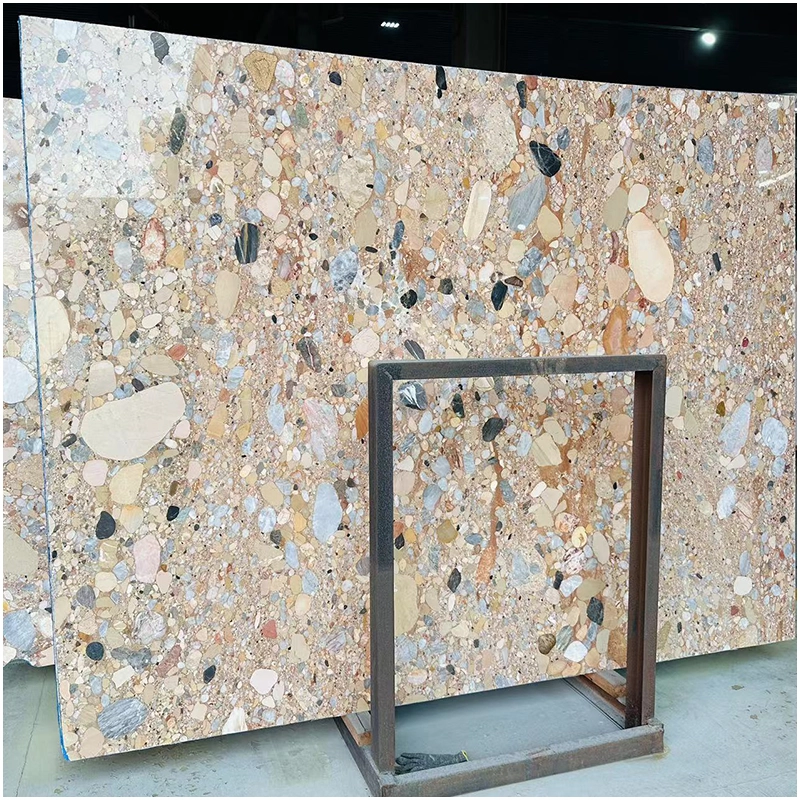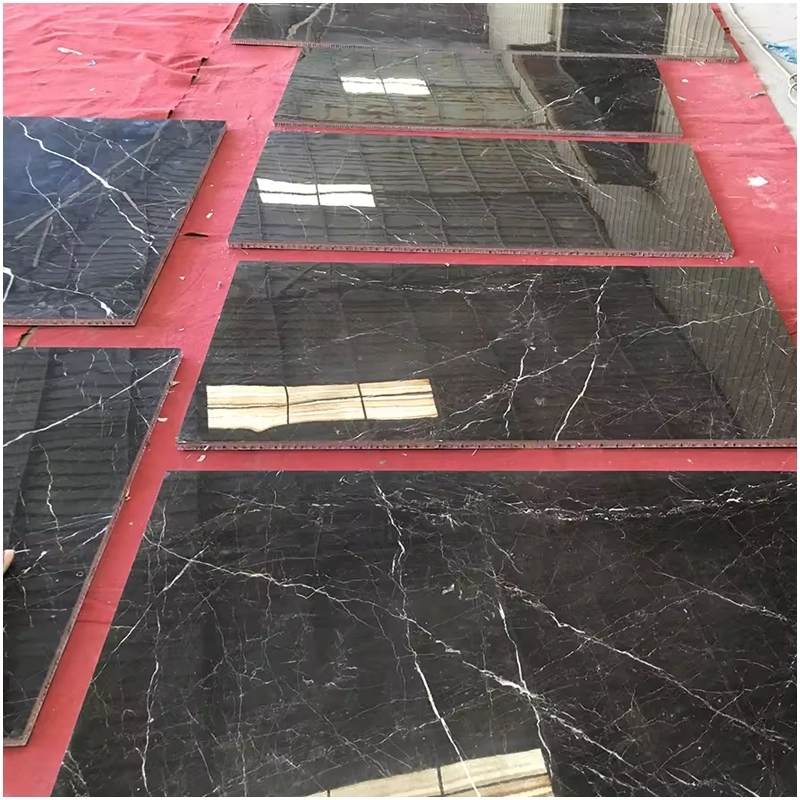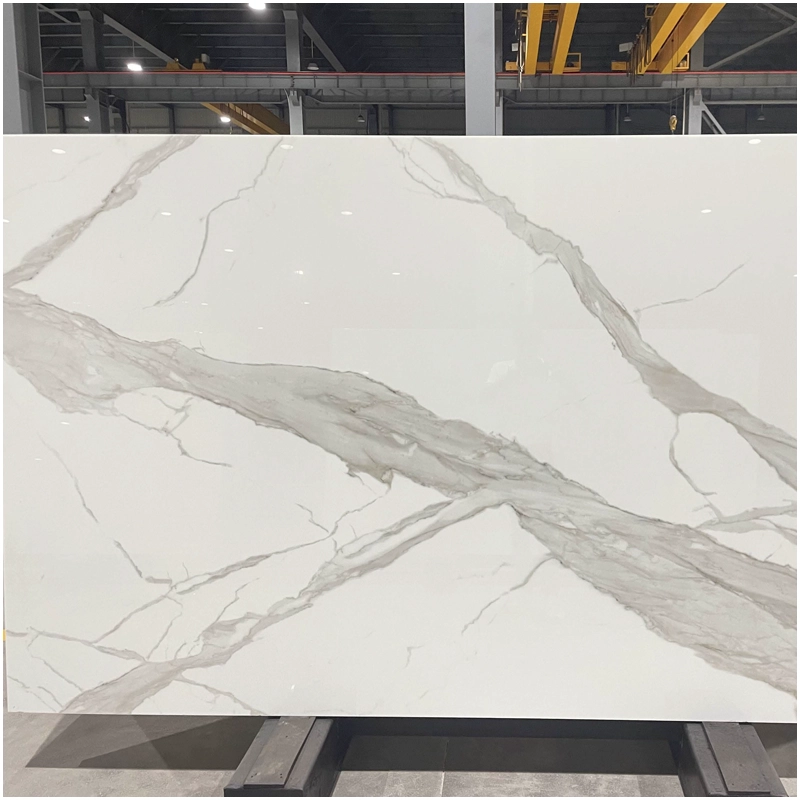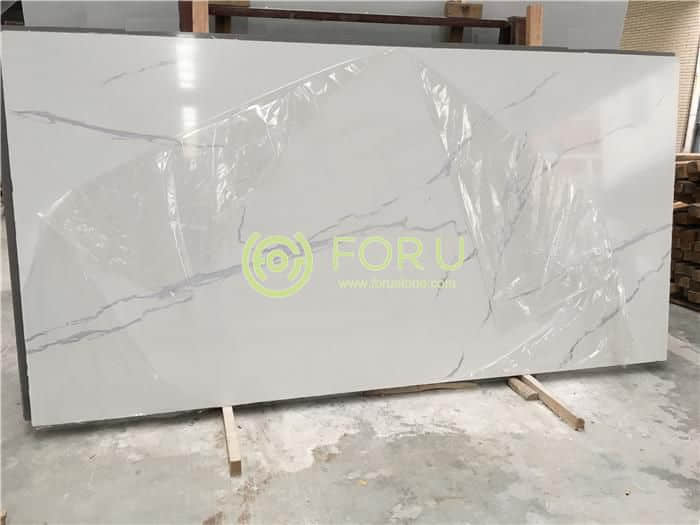Historical Significance of White Marble
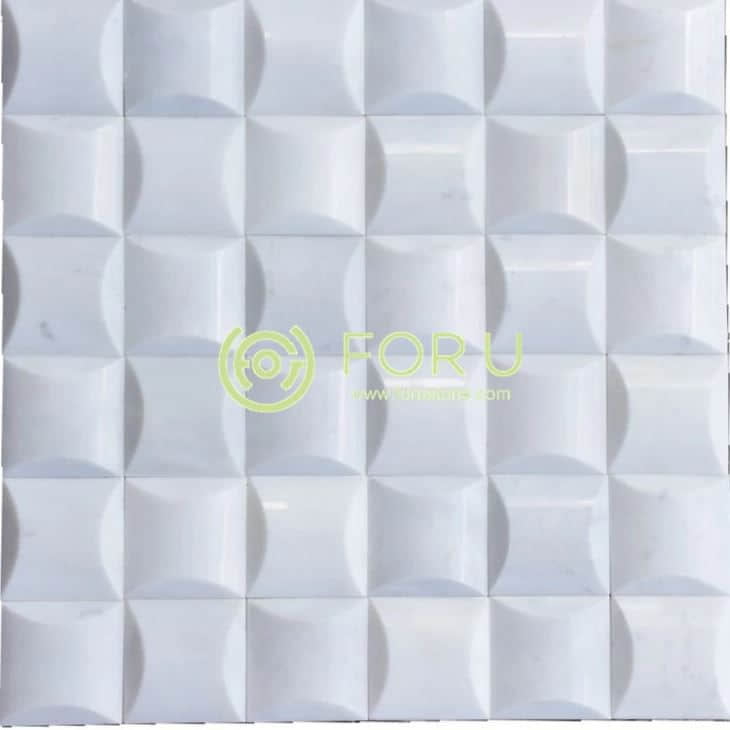
The legacy of using white marble within architecture is rich and has been passed down from ancient times. The Parthenon in Athens and the Taj Mahal at Agra stand forth, perhaps, as the monumental testaments to the deathless white marble and how it communicates power and spirituality. The historical edifices are not just the unparalleled aesthetic appeal of the material but also the role of it in architectural grandeur representation through ages. The section to follow, therefore, seeks to delve deeper into how white marble has been emblematized in crafting some of the iconic human structures in history, therefore setting precedence in its use within modern architecture.
Aesthetic Impact of White Marble Exteriors
The special aesthetic values, both visual and symbolic, come from the fact that white marble is used on the surface of buildings. Intrinsic brightness and a characteristic of reflecting light will make the building appear radiant; hence, the visibility and attractiveness of the structure will be raised. This section of the paper looks at the aesthetic effects of white marble from sizes of visual and tactile notions.
Visual Appeal
The surface of white marble will be second to none. Its clear and reflective surface retains light in such a way that it imparts any edifice with a glowingly chic look. Natural veins of marble offer texture and depth to the surface, making each installation unique unlike other materials. This singular beauty elevates the architectural design, setting a building apart in any urban landscape.
Symbolism and Perception
White marble has been the symbol of purity, prestige, and immortality. Most of the buildings that are ornamented with white marble are judged to be landmarks of importance, incorporating ideals of beauty and durability. This view serves to enhance not only the aesthetic value but also the social and cultural significance of the said structure; hence, adding prestige to it against the user and observer.
Comparison with Other Materials
Meanwhile, comparing with other materials used in architecture, such as granite, glass, and steel, white marble definitely provides an unbeatable mix of natural beauty and durability that is timeless. Glass and steel are celebrated for looking modern and edgy and for being strong, but none of them present that homey chic of marble. While strong and long-lasting, granite lacks the power to reflect light or give that sense of refinement under the delicate artistic veining offered by marble. It does not have the same light-reflective qualities as the fine artistic veining found in marble.
Impact on a Building’s Value
However, the aesthetic benefits of white marble surpass what meets the eye and instead firmly suggest a relation with the market value and attractiveness of the building. Next, the paper will discuss how white marble exteriors influence the financial valuation and long-term sustainability of a building.
Market Value
Buildings that have an exterior made of white marble usually fetch at a premium in the real estate market. This was supported by data indicating that buildings that have marble finishing are usually considered to have high perceived value; therefore, they are more luxurious and thus experience an increased value in the property. The attraction towards white marble can only be an enticement for premium buyers and tenants, thus increasing the overall valuation of the property.
Maintenance and Durability
White marble, though known to be durable, will require careful maintenance in the course of time so as not to lose the aesthetic qualities that it possesses. The care and maintenance may add up, therefore affecting the cost of property upkeep and property value in the long run. Properly maintained marble exteriors, in time of exposure, will resist through the decades and remain beautiful, adding to the value of the building. Staining and erosion, because of neglect, set in and they give a cause to lower the property value.
Environmental Considerations
White marble is a natural stone with all the resource intensiveness that takes to quarry and transport, arousing environmental issues. Therefore, taking into consideration its weight in building material valuation, sustainability is a big question. However, its durability and potential for recycling at the end of its use can mitigate some of these impacts. Importantly, the balance is in the actual environmental footprint from the usage of white marble and the benefit obtained from its durability and aesthetic value.
Case Studies
As provided in these case studies, the impact that white marble has on architecture is well given in them, showing the application and benefits got from aesthetics and value of property. This would identify the following examples that are modern projects in which white marble has been used to get remarkable effects.
The National Gallery of Art, Washington D.C.
Washington, D.C.’s National Gallery of Art is a splendid case of modern architecture with white marble. The west building is neoclassically designed, making heavy use of white marble as a tribute to its continued popularity. White marble seems to induce people to get in the public building. This is proved by the fact that millions of people pay a visit to this gallery every year. Selection of marble no doubt augments not only the aesthetic value of the museum but also its status as a cultural heritage site.
A Residential Complex in Dubai
A high-end residential complex from Dubai used white marble in huge volumes at its façade to make it yet another architectural wonder in a city full of modern glitzy marvels. The inclusion of white marble formed an exclusive identity for the complex, different from surrounding buildings. The market value for the property rose in very large proportions. Units with marble enhancements sold at premium prices that could only reflect desirability.
An Office Tower in Manhattan
One Manhattan Office Tower used white marble in the lobbies and exterior panels to enhance its corporate image substantially. In such a selection, a message would be sent to the customers and tenants of luxury and stability; this translated into higher occupancy levels and rental premiums. This translated into an appreciation of the market value of the building, clearly indicating the positive financial implication of using quality materials, such as white marble.
Challenges and Considerations
However, like everything in the world, it also has some pitfalls when used in architecture. The main things to take into consideration are:
Cost
White marble is also ordinarily more expensive to procure and maintain subsequently than other building materials, so it may sometimes be a very important thing in the decision-making process related to procurement and maintenance issues within a construction project.
Environmental Impact
This has also very great environmental impacts on habitat disruption from quarrying and carbon emissions during its transportation. More and more architects and developers become very keenly sensitive to this and weigh the aesthetic appeal of marble against ecologically friendly building practices.
Maintenance
White marble always needs protection from it getting stained or weathered somehow, mostly in pollution and high-traffic areas. Though beauty and durability also come at a long-term expense and effort of upkeep, it is less appealing.
Conclusion
White marble exteriors still play a very crucial role in defining the aesthetics and value to a building. Through historical importance, the sense of visual appeal, and tangible increase, white marble still stays as a material for the long-term in architecture. However, its use comes into consideration in terms of cost, environmental impact, and maintenance. How can we, today, with the moving of architecture into more sustainable and environmentally friendly practices, use once again the timeless beauty of white marble, be mindful of the previous considerations, and still make it a very much considered and valued material in building design?
Related Products

